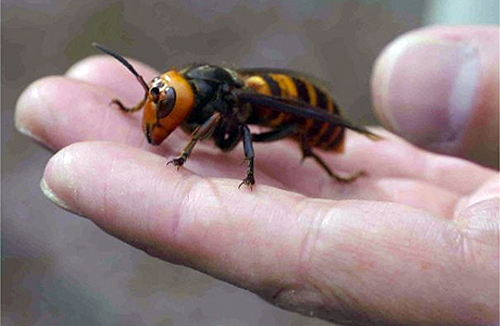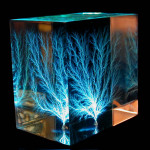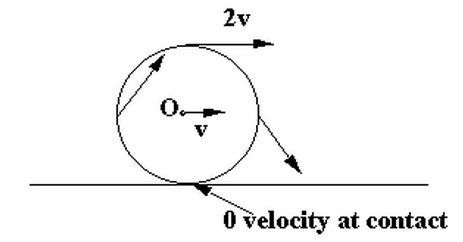By Anupum Pant
For the sake of knowing, scientists have given the Japanese Giant hornet a name – Vespa mandarinia japonica – a name normally you need not remember. However, there is a thing you should always remember about them. See the picture of this insect below and remember what it looks like. And if you see it coming towards you while you are holidaying in Japan, just run for for your life. This is the Japanese Giant Hornet:
Yes, this giant hornet is a deadly killer machine. You should fear it because…
Well, first of all they are large and fearsome and have stingers that are more than 6 mm long. They use these to inject a relatively large amount of venom into the target – A kind of venom which attacks the nervous system and damages tissues. The venom is also known to destroy red blood cells, which can result in kidney failure and even death in some cases.
Secondly, just read what Wikipedia says about it…
Thirty to forty people die in Japan every year after having been stung, which makes the Japanese giant hornet the second most lethal animal in Japan after humans (bears kill zero to five people and venomous snakes kill five to ten people each year).
Thirdly, these hornets are known to move around in small groups of 20-30 individuals who manage to kill tens of thousands of bees in their own beehive, and then they steal their young ones. About 30 of these giant hornets can kill 30,000 bees in a single attack. They don’t just kill, they rip the bees apart mercilessly. Watch a video of them ravaging a beehive…
Also remember that it won’t come searching for you to sting you to death, until it senses threat.



